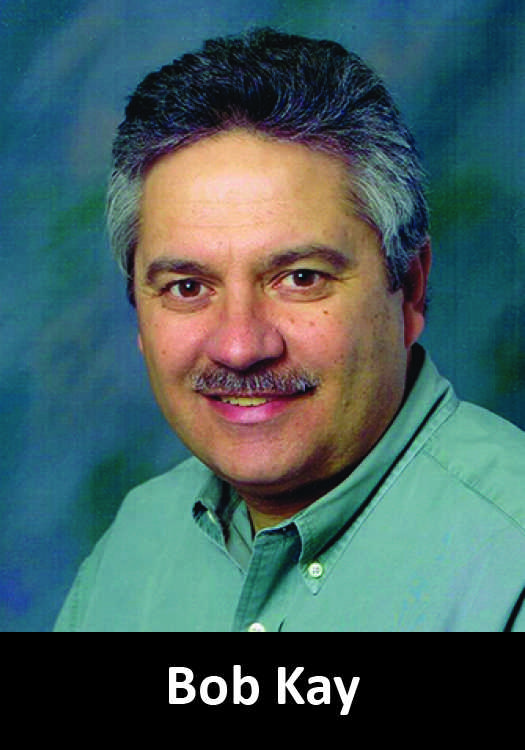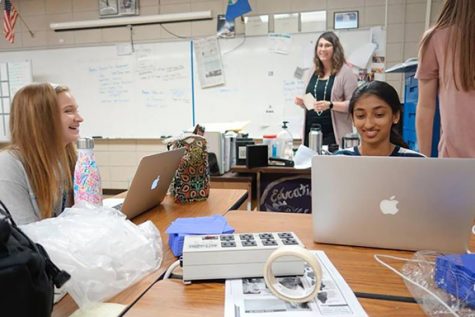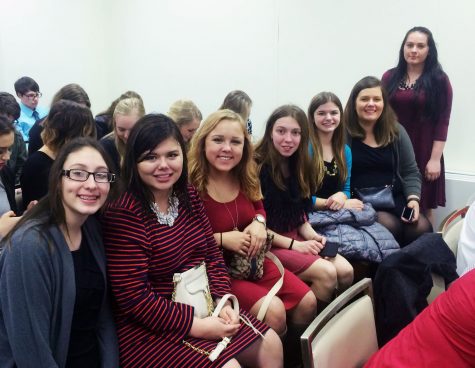Resisting prior review gives control to student journalists
There are many issues that high school journalists have to deal with in terms of their relationships with high school administrators, but none more important than that of prior restraint or censorship.
During my 20 years of experience as the newspaper adviser at Grayslake Community/Central High School, the one way that I saw repeated attempts at censorship and prior restraint being exercised was when administrators and even staff members wanted the student journalists to do what was called a read back or even an opportunity to read the entire article before it was published. This was clearly an attempt to try and change the facts or quotes in the story to conform more to a viewpoint held by the administration. This is a form of prior restraint and puts student journalists in a very difficult position.
The read back can easily be a slippery slope leading to a situation where you could have administrators wanting to check on any kind of controversial story before it is printed. The primary concerns of the administrators and staff centered around their fear of being misquoted or their remarks being taken out of context. This also put our student journalists in a difficult position because these administrators were primary sources that we had to deal with on a constant basis, and a refusal to let them see even some of the article would jeopardize their ability to get interviews in the future. There were a few administrators over the years who refused to talk to our reporters after they claimed they had been misrepresented in our stories.
The solution that we found was to work with the administration without giving up any of our First amendment rights. The most important strategy for your reporters is to emphasize that they must always control the story. Paramount in this strategy is to check all of their quotes carefully and put a check next to the direct quotes they use while taking notes during the interview. At the end of the interview they need to go back and confirm the quotes and important facts, without letting the source manipulate their answers. The confirmation of the quotes was the source’s chance to try and clarify the situation, and for the reporter to make sure of the facts while still controlling the situation.
Secondly, the students made an agreement with the administration to tape record most or all of the interviews, with their permission, so that there could be no question about what was said. In some cases involving potentially controversial issues, we would send two reporters to the interview to confirm what was said. This was all done to help avoid the potential read back situation which is tantamount to prior review by the administration. For the most part this worked well with the administration.
This is just an example of how the first amendment rights of student journalists can be compromised in a subtle way, and how students can work effectively with the administration while preserving the integrity of their story.
Bob Kay is the former newspaper adviser at Grayslake Central High School in Illinois. An attorney, he is now a member of the KEMPA board. His blog focuses on First Amendment issues for scholastic publications.






